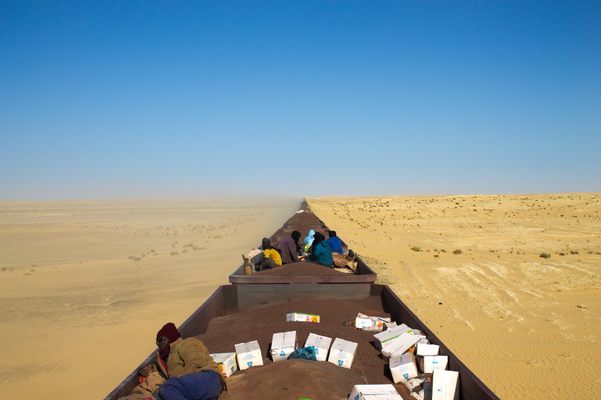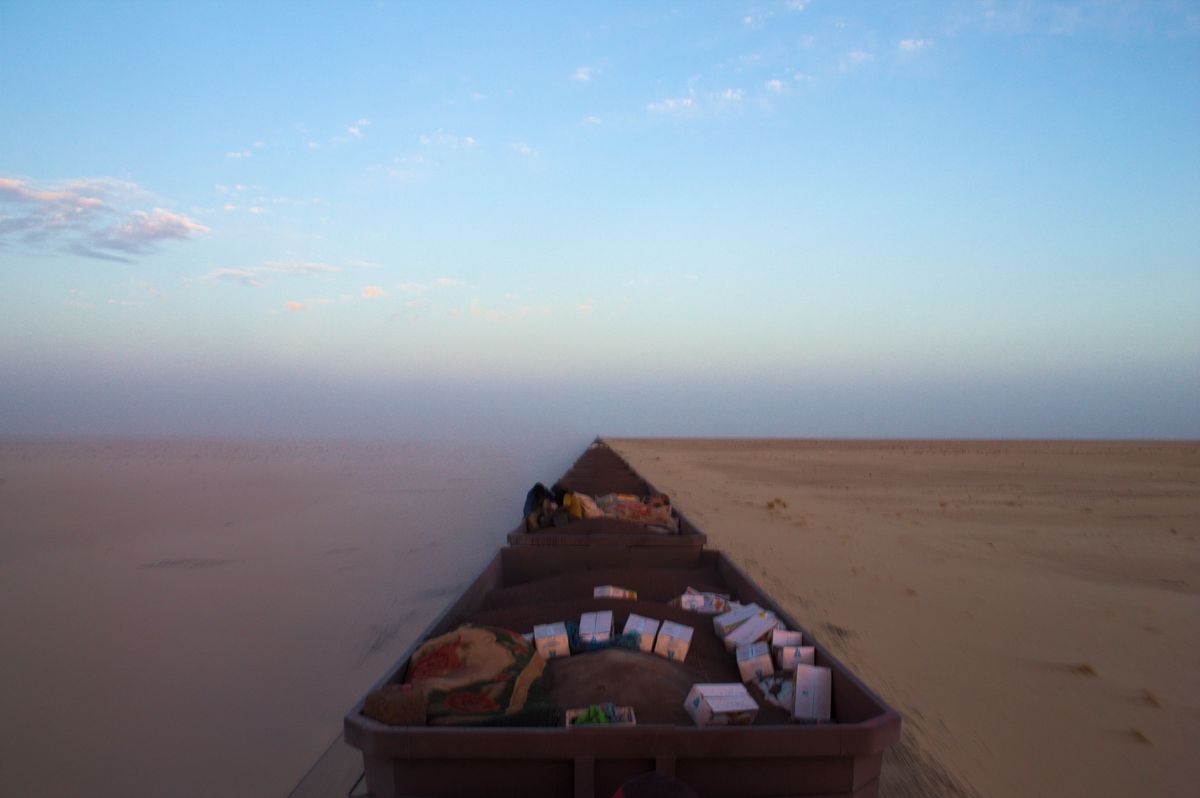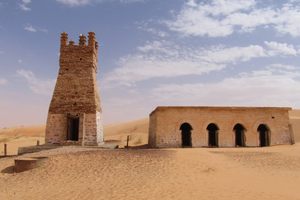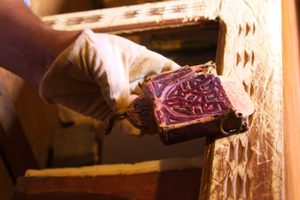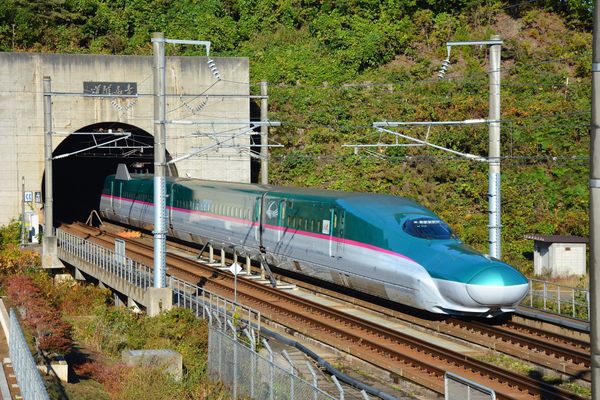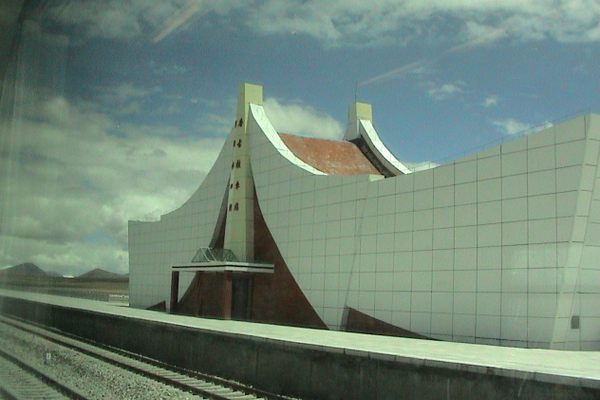About
There are some train rides that you’ll never forget. Riding Mauritania’s Iron Ore Train is definitely one of those. It doesn’t matter if you’re eastbound or westbound—what matters is that this train ride truly embodies the idiom that it’s all about the journey, not the destination.
First, a few facts: Operating since 1963, the iron ore train covers 437 miles (704 kilometers) on its journey across the Sahara Desert from Nouadhibou, on the coast, to Zouérat, an iron mine in the center of Mauritania. Consisting of more than 200 carriages and three or four locomotives, the train can reach over a mile (about 2.5 to three kilometers) in length and carry 17,000 tons of iron ore, making it one of the longest and heaviest trains in the world.
But iron isn’t the only thing this beast of a train typically carries. Additional passenger carriages can be attached to the train, but most often, passengers sit on top of the ore. The train can carry road vehicles as well, and if you are self-driving, you have to make arrangements for your vehicle to tag along for the ride. Once your vehicle is on the train, you can decide to travel inside it, on top of the ore, or a combination of the two.
Hitchhiking on this train and sitting atop a bed of iron ore is not an easy ride, but it can be the train ride of a lifetime. The train runs through one of the harshest environments on earth. It’s sun-scorched during the day and bitterly cold at night, and you’d better prepare for both, as there is no shelter on the train, unless you brought your own vehicle to hunker down in. If you’re wondering about toilets, the answer is no: there aren’t any. There is also no way to stock up on your food supplies.
Along the way, you can expect to see rocks, sand, shrubs, camels, goats, and solitary ramshackle huts. Oh, and dust—lots of dust. Once your eyes get used to the dust and adjust to the environment, you can start appreciating the different shades and hues that different kinds of sand can take from a certain angle and in a certain light. Once it gets dark, you can usually see the Milky Way stretching across the night sky.
Walking around along the train is allowed in the sense that no-one is checking, but it can be dangerous as there are no barriers, emergency brakes, or, in fact, safety measures of any kind. Starting off is a painfully slow affair, with carriages slamming into one another and jolting everyone in or on them. Violent jolts can reoccur unexpectedly throughout the journey.
The train does not make any official stops from Nouadhibou to Choum, but the train does stop for prayers. Some passengers will get off the train to perform the ritual and get back on as soon as the train starts jolting forward.
Related Tags
Know Before You Go
Get to Nouadhibou, Choum, or Zouérat in advance. A train should get going within 24 hours. Ask around, especially if you want to get your vehicle on board. Pack some food and lots of water—pack more water than you think you might need. And finally, bring a blanket for the night and have a scarf or turban at hand for the whole trip.
It is not clear what time the train leaves and arrives. A fair amount of waiting time should, therefore, be expected. Not counting the waiting time, it takes approximately 19 hours to cover the whole distance. Only passengers with their own vehicle usually go all the way to Zouérat, as apart from the iron ore, there is little else there. Most people hop off (or get on) at Choum, a few hours away from Mauritania’s capital Nouakchott, with a fair amount of traffic going either way on any given day. Bear in mind that there are no paved roads. These are all dirt tracks running through the desert.
Community Contributors
Added By
Published
November 30, 2018
